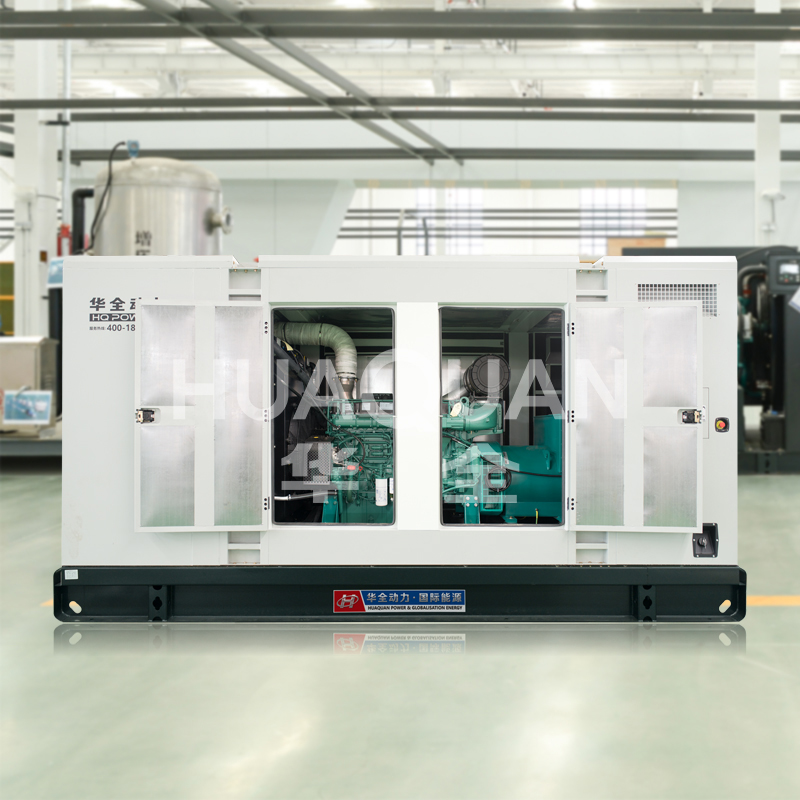Proper thermal management is essential for maintaining the performance and longevity of quiet electric generator. quiet electric generator focus on low-noise operation, which necessitates specialized cooling techniques to effectively dissipate heat while minimizing noise.
1、Ventilation Requirements
Ensure at least 60cm clearance around the quiet electric generator ventilation ports. Obstructions may cause heat recirculation, forcing internal fans to work harder and compromise noise reduction.
Install in semi-enclosed spaces with cross-ventilation to maintain airflow without exposing the unit to weather extremes.
2、Maintenance Focus Areas
Monthly inspection of air filters is mandatory. Clogged filters force the quiet electric generator cooling system to compensate with higher fan speeds, increasing both noise and wear.
Use non-conductive thermal paste when servicing heat sinks to preserve electrical insulation properties unique to soundproofed models.
3、Operational Practices
Load Management: Avoid sustained operation above 80% capacity. The quiet electric generator sound-dampening materials can trap heat during prolonged high-load usage.
Scheduled Cooldowns: For continuous operation cycles, implement 15-minute breaks every 8 hours to allow gradual temperature equalization.
4、Environmental Adaptations
In humid climates, pair the quiet electric generator with silica gel desiccant packs to prevent moisture-induced corrosion on heat-exchange surfaces.
By integrating these protocols, users can sustain the dual advantages of silent operation and efficient thermal regulation that define premium quiet electric generator.
More information about quiet electric generator:https://sinogens.com/







